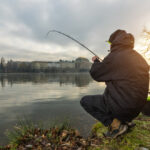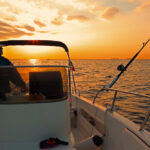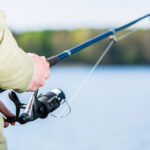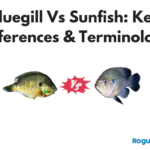Fly fishing for catfish is definitely not the most effective overall method of catching cats. That being said, at times they are as willing to take a fly as a Walleye or Bass. Late spring is one of the best times of the year to catch catfish on flies. Whether pre-spawn or post-spawn, catfish are eager to take lively meals at this time.
If you ask any fly fisherman if he gets any catfish, he’ll probably tell you only on accident! Chances are, he’s targeting bass, trout or crappie and a cat gets snagged somewhere along the way by chance. On the other hand, if you ask a catfish guy if he ever tries fly fishing, he’ll probably tell you that it’s just too darn difficult to catch catfish with flies.
Fly Fishing for Catfish – Does it Work?
If you’re interested in trying to catch some catfish on flies, you may find the best action in deep runs with logs, as well as areas of deep riprap, especially for Channel Cats. These may be nesting areas for the catfish and they may be guarding their young, or they may be gorging themselves before or after the spawn. Whatever the reason, Channel Catfish seem to hit flies at a great clip in these conditions.
How to Fly Fish for Catfish
1. Pick the best body of water
You really have to know when and where the catfish are biting in order to catch them while fly fishing. When it comes to Catfish patterns, they are often most focused on feeding in the early spring during spawning season, and in the late fall when they’re trying to fatten up for the winter. Depending on the river or stream, you may find catfish on the surface all year round. Fly fishing for catfish can be a great time. If you hit early, your odds of a full day of success is high. If you aren’t seeing much success in a specific location early, then don’t wait around too long. If you don’t catch anything within the first 15-20 minutes, move on to another spot on the river. Once you find a spot where they’re biting, ride it out until you’re not getting anything. Paay attention to these catfish patterns and you’ll see success.
2. Pick the proper fly rod
Fly fishing for catfish likely won’t result in a trophy sized fish. Typically, you’ll pull in Channel Cats in the 5-10lb range. You should use a fly rod that is anywhere from 5-7 weight. It needs to be strong enough not to snap, but sensitive enough that you don’t miss a bite. Longer rods help with control during the fight. Expect a good 10-15+ minute fight.
3. Selecting the best catfish flies
Bulky flies often work best for catfish. Here are some setups that have a lot of success:
- Sculpin and weighted crayfish patterns
- Large brown and black wooly buggers
- Balanced leeches
- Leaders are typically fluorocarbon
- Heavier weight and sinking lines are helpful to keep the offering on the bottom
4. Utilize good technique for catfish fly fishing
One of the most important parts of the process is moving the fly slowly on the bottom. In slow water, let the fly hit the bottom and then retrieve with slow, short pulls or a hand-twist retrieve. Let the fly settle back to bottom for a few seconds between each pull. Expect to lose at least a few flies snagging on the bottom. In faster current, utilize a sinking line to get down. Cast downstream and then slowly retrieve as described previously.
Fly Fishing for Catfish – Conclusion
All in all, fly fishing for catfish can be a really fun experience. Contrary to what most fishermen believe, you can see a lot of success catching cstfish on flies. Plus, they’re a great battle! Follow the steps above and we’re confident you’ll see success on your next catfishing trip.
Looking for a good fly rod? Check out our Moonshine Fly Rod review.
Fly Fishing for Catfish FAQ
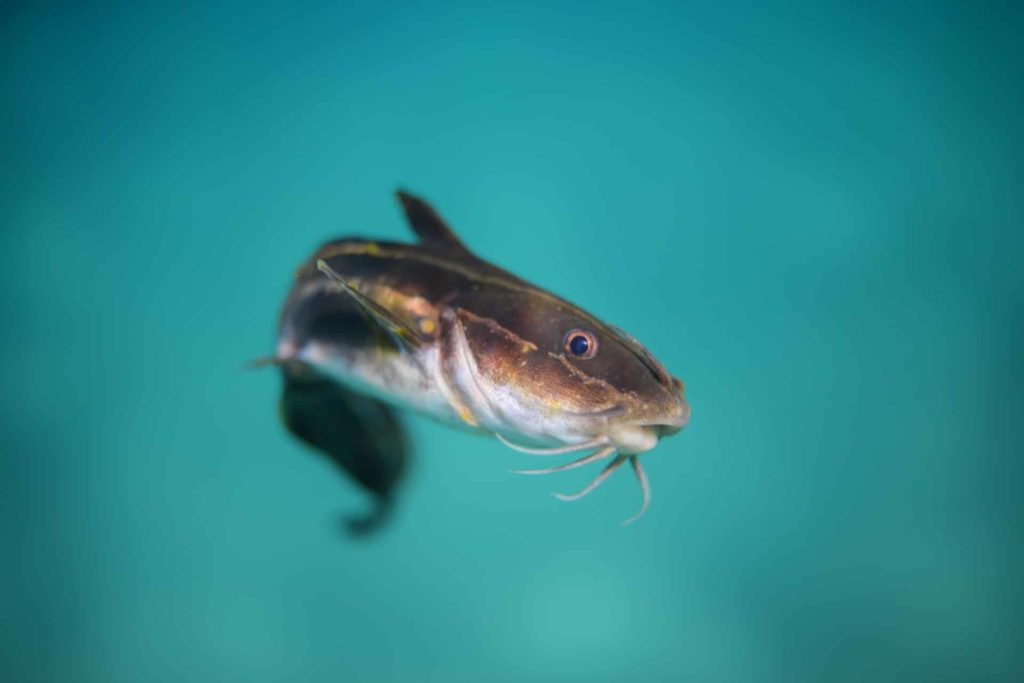
Can you catch catfish when its cold?
Yes, but it’s typically more difficult. Catfish tend to slow down and feed less during colder weather.
What are the best catfish flies?
- Sculpin and weighted crayfish patterns
- Large brown and black wooly buggers
- Balanced leeches
- Leaders are typically fluorocarbon
- Heavier weight and sinking lines are helpful to keep the offering on the bottom
